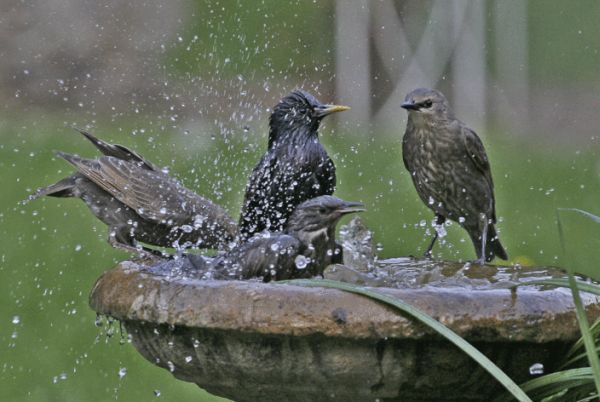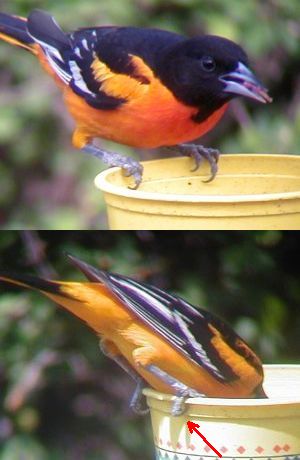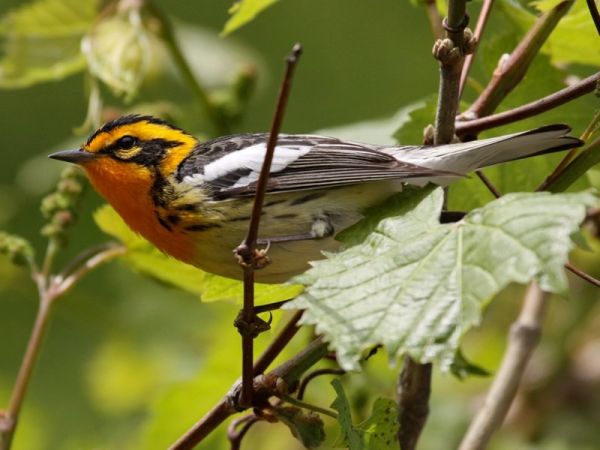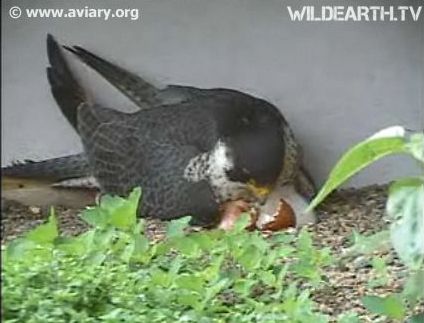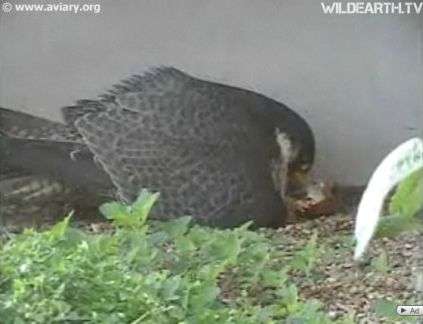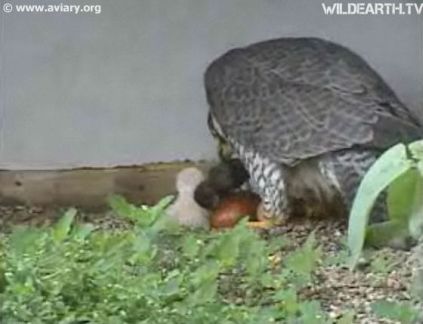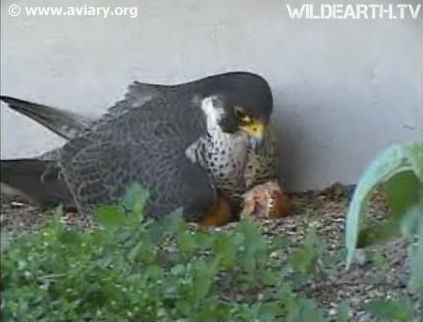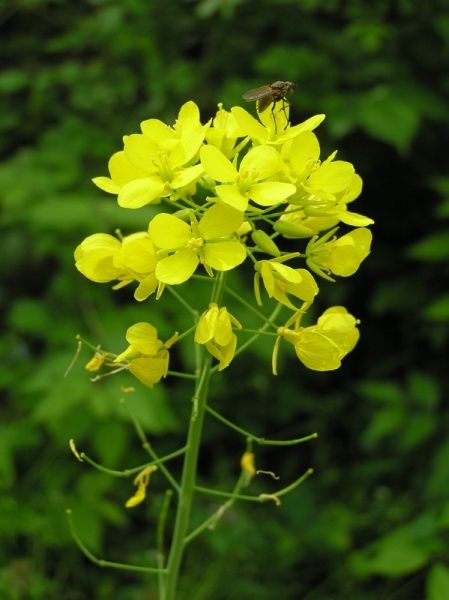
17 May 2010
If a peregrine lives long enough she can represent four generations all by herself.
This is the case with Dorothy, the female peregrine at the University of Pittsburgh. This year she’s a mother, as usual, but she’s also a grandmother and great grandmother at the same time.
- As a mother she laid five eggs this spring, hatched the entire crew and is now busy raising them.
- She’s been a grandmother for many years with at least six offspring nesting in three states. One of her daughters is Beauty in Rochester, New York. Another is Belle, who nests in the bell tower at the University of Toledo, Ohio.
- Last week Bell’s son, Chayton was identified as the father bird at the peregrine nest on the Jackson County Tower Building in Jackson, Michigan. This makes Dorothy a great grandmother!
- And what’s the fourth generation? Herself.
Quite the matriarch.
(photo of Dorothy by Jessica Cernic Freeman)

